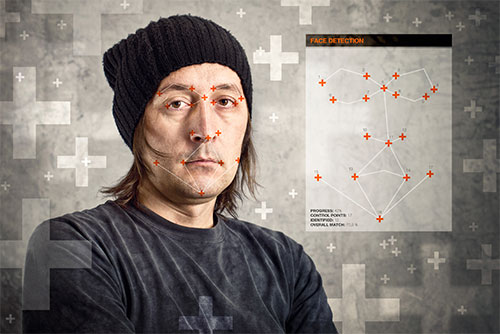
Facebook Facial Recognition Better than FBI's
- By Ginger Hill
- Jul 08, 2014
On one side of the biometric playing field with have the FBI and on the other Facebook in a battle that the social platform seems to be winning when it comes to facial recognition. Not that these two entities are actually fighting against one another, but it’s basically a battle of technology when it comes to security in the United States, oh and trying to stay anonymous.
 The FBI is planning to deploy Next Generation Identification (NGI), a holding tank of millions of photos in a central federal database that encompasses all 50 states by the end of the year and should be fully operational this summer. Sound like the takeover of Big Brother? Not exactly, because apparently NGI’s system isn’t as good as Facebook’s DeepFace system.
The FBI is planning to deploy Next Generation Identification (NGI), a holding tank of millions of photos in a central federal database that encompasses all 50 states by the end of the year and should be fully operational this summer. Sound like the takeover of Big Brother? Not exactly, because apparently NGI’s system isn’t as good as Facebook’s DeepFace system.
While NGI returns a ranked list of 50 possibilities, promising an 85% chance of returning the suspect’s name in the list, the DeepFace system boasts a 97% accuracy rate when given two pictures. So, what does this equate to? Well, the FBI’s system will let 1:7 suspects off the hook while Facebook’s system provides almost the same accuracy as a human sees.
The FBI’s system is expecting faces to work like fingerprints, where a single print provides enough data for a positive ID that’s strong enough to hold up in court, but automated systems are having a hard time keeping up with facial recognition. This could be partly because the picture quality that the FBI is using as most facial recognition systems require someone’s face to be photographed straight-on, which works great for mug shots but not so much for instances of spotting criminal faces through public surveillance cameras.
To be fair, Facebook does have a whole network worth of data, but it’s weird to see the nation’s most powerful law enforcement agency getting outdone by a social network when it comes to biometrics.
About the Author
Ginger Hill is Group Social Media Manager.